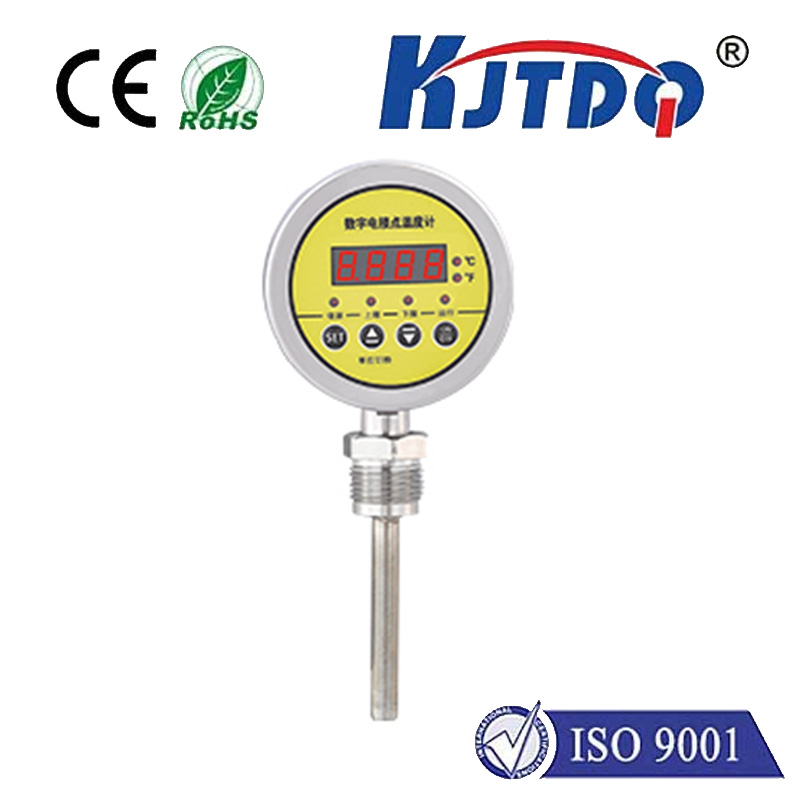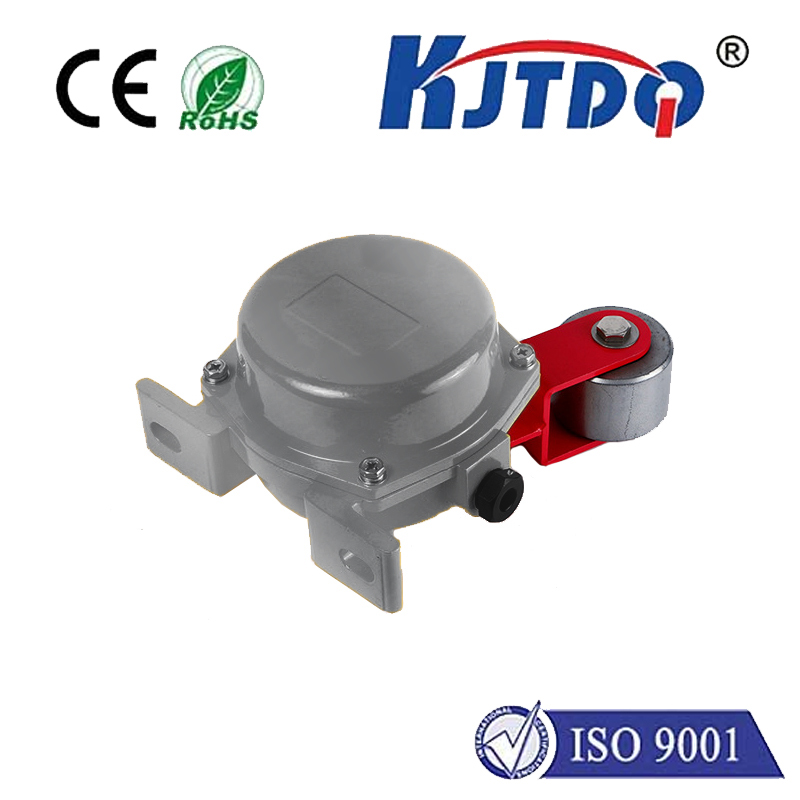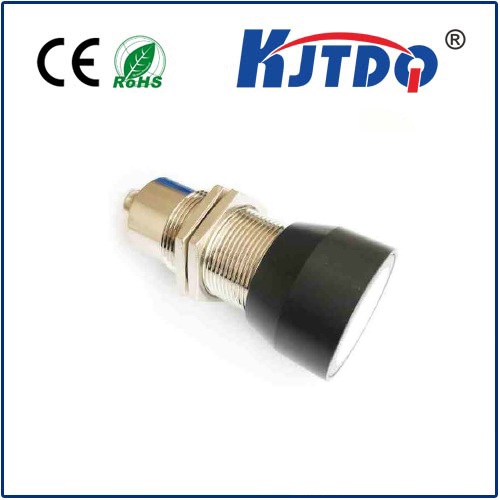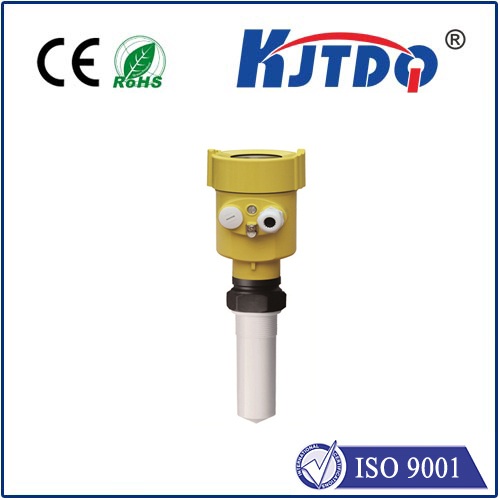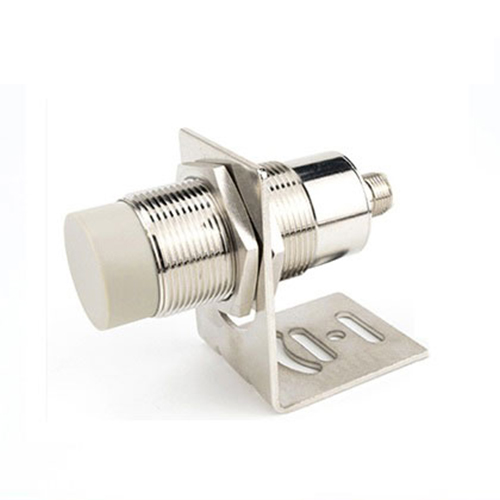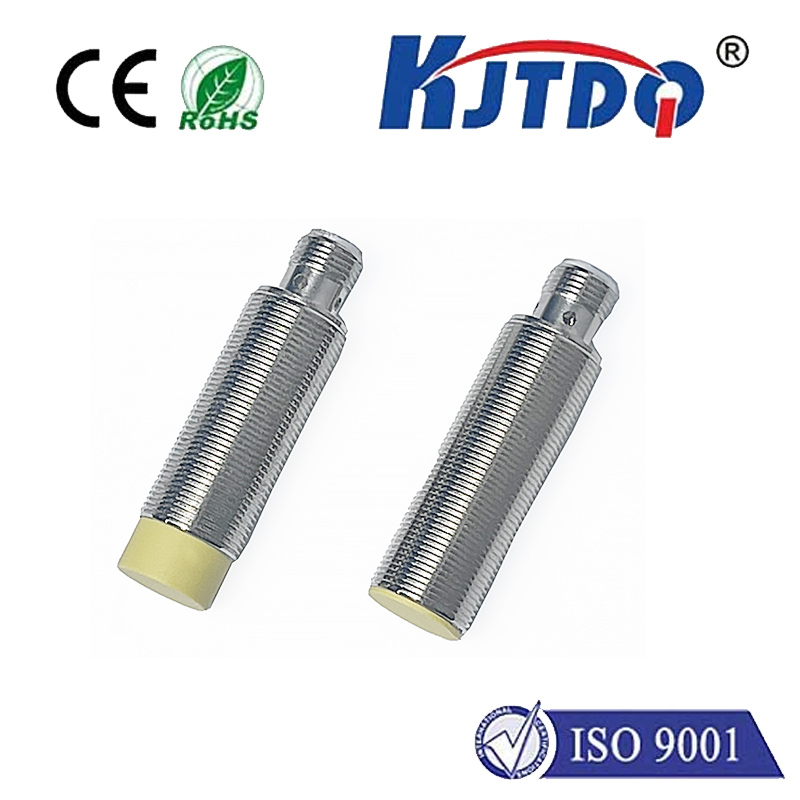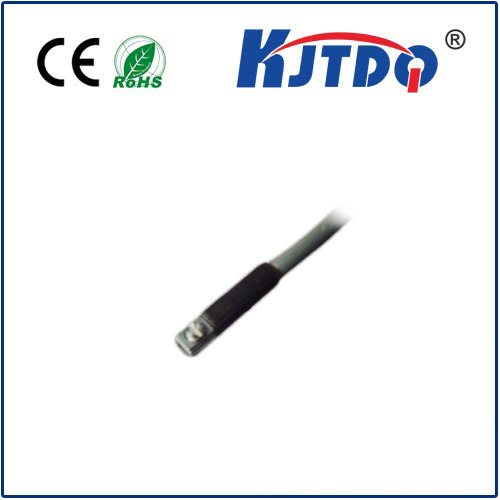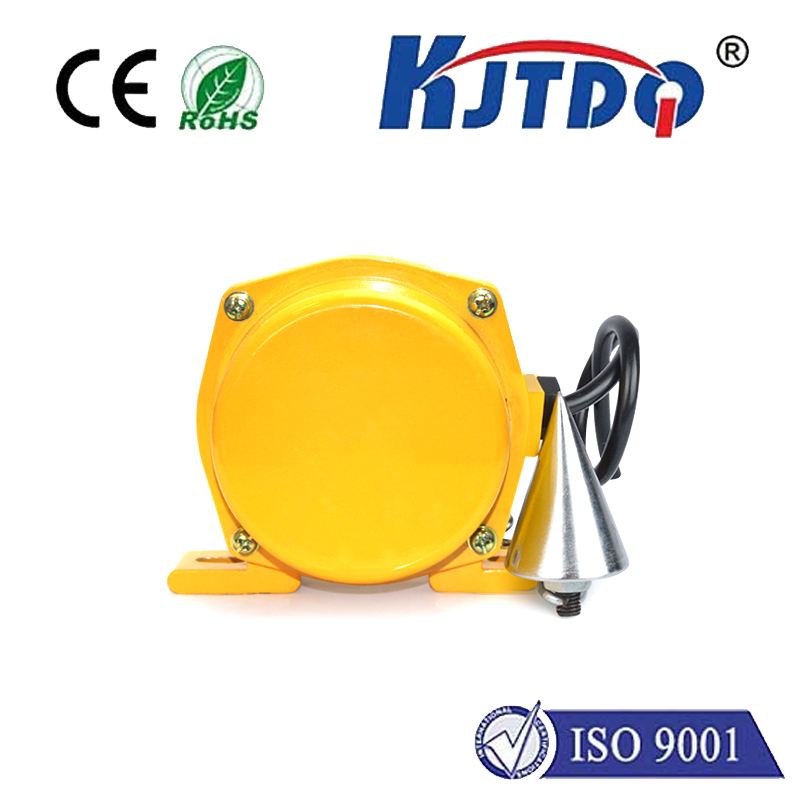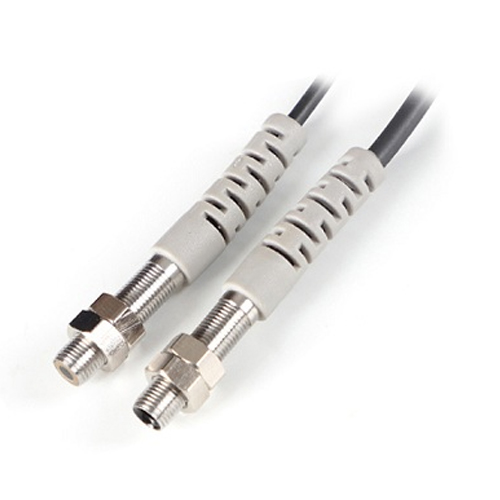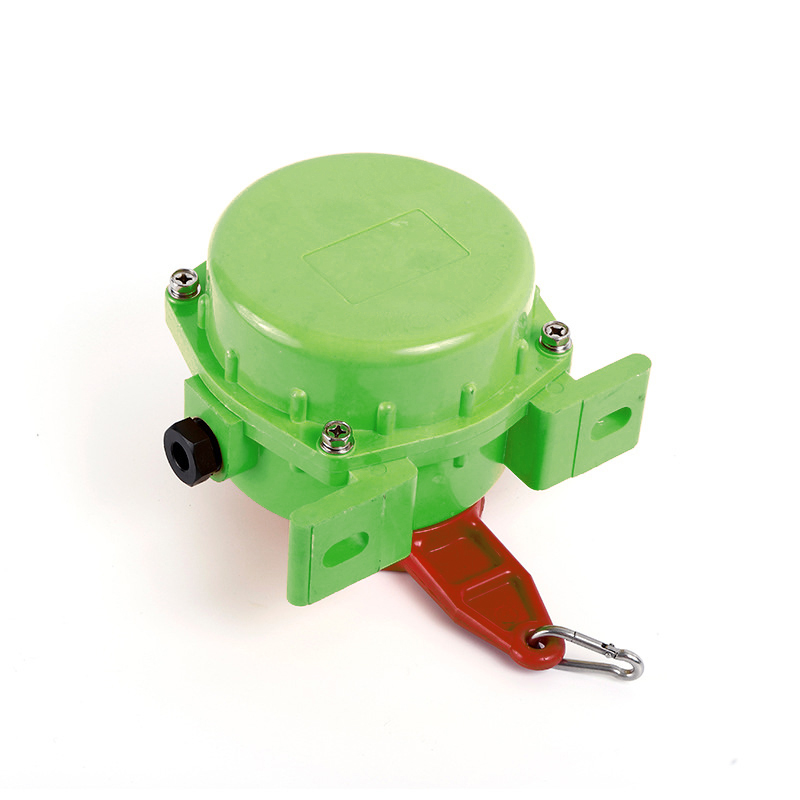photo electric control
- time:2025-07-24 01:01:20
- Нажмите:0
Photo Electric Control: How Light Powers the Future of Automation
From flipping a switch to guiding space probes, the silent, invisible power of light governs countless automated actions around us. Photo electric control, fundamentally about harnessing light to initiate, manage, or halt electrical processes, is the ingenious technology making this possible. Far beyond simple light-activated switches, these systems are the unsung heroes of modern convenience, industrial efficiency, and sophisticated safety.
At its core, photo electric control relies on photoelectric sensors. These ingenious devices act as the “eyes” of the system. They detect the presence, absence, distance, or specific characteristics (like color or contrast) of an object by interacting with light sources – either self-generated or ambient. This interaction triggers an electrical signal change within the sensor. Photodetectors – like photodiodes, phototransistors, or photoresistors (LDRs) – are the workhorses converting incoming photons (light particles) into measurable electrical current or resistance changes. This converted signal is then processed and used to control an external circuit, mechanism, or system. Essentially, light becomes an electrical command.
The Magic Behind the Mechanism
Three primary principles form the backbone of photoelectric sensing technology:

- Photoconductivity (Photoresistive Effect): Materials like Cadmium Sulfide (CdS) decrease their electrical resistance significantly when exposed to light. Photoresistors (LDRs) leverage this effect, commonly found in simple dusk-to-dawn lights. As darkness falls, resistance increases, ultimately causing the connected lamp to illuminate.
- The Photovoltaic Effect: This principle powers solar cells. Semiconductor materials (like silicon) generate a voltage (and subsequently current) directly when photons strike them. While primarily used for energy generation, this effect is also employed in specific sensing applications requiring self-powered operation.
- Photoemission: This principle involves photons carrying sufficient energy to liberate electrons from a material’s surface (like a photocathode). While foundational to understanding light-matter interaction, it’s less common in everyday industrial photoelectric sensors compared to the other two effects. Modern sensors primarily exploit photoconductivity or use photodiodes/phototransistors working on related semiconductor junction phenomena.
Ubiquitous Applications: Where Photo Electric Control Shines
The power of photoelectric systems lies in their versatility and non-contact nature. Here’s where they profoundly impact our world:
- Industrial Automation & Manufacturing: This is arguably the largest domain. Sensors are vital for:
- Object Detection & Counting: Detecting bottles on a conveyor, counting parts, verifying package presence.
- Precision Positioning: Ensuring components are correctly aligned before assembly or machining.
- Level Control: Monitoring fill levels in tanks or silos (often using through-beam sensors).
- Web Guiding: Ensuring continuous material (paper, plastic, fabric) runs straight through processing machines.
- *Safety Light Curtains:** Creating invisible safety barriers around dangerous machinery.** If the light beam is broken, the machine instantly stops, protecting operators.
- Security & Access Control:
- *Intruder Detection:** Photoelectric beams form the basis of perimeter security systems.** Breaking the beam triggers an alarm.
- Automatic Doors: Presence sensors activate door opening mechanisms in supermarkets, airports, and buildings.
- *Smoke Detectors:** Many utilize a photoelectric chamber where scattered light from smoke particles triggers the alarm, often superior for detecting smoldering fires.
- Consumer Electronics & Building Management:
- *Automatic Lighting:** Ambient light sensors (photocells) control streetlights, outdoor security lights, and interior lighting systems to conserve energy.**
- *Smartphone Features:** Auto-brightness adjustment and proximity sensors (turning off the screen during calls) rely on miniature photodiodes.**
- *Vehicles:** Rain sensors triggering automatic wipers, automatic headlights, and optical encoders measuring wheel speed are common applications.**
- Other Key Areas: Barcode scanners, optical encoders for precise motor control, medical diagnostic equipment, and even agricultural automation (e.g., sorting produce by color) all heavily depend on photoelectric solutions.
Why Choose Photo Electric Control? The Compelling Advantages
Adoption of photoelectric technology isn’t accidental. It offers distinct benefits:
- Non-Contact Sensing: Objects are detected without physical touch, eliminating wear and tear on both the sensor and the object – ideal for fragile items or high-speed processes. No moving parts also enhances long-term reliability.
- High Speed & Precision: Light travels fast! Photoelectric sensors respond incredibly quickly to changes, enabling detection and reaction at speeds impossible for mechanical switches. Precise positioning is achievable down to micrometers.
- Long Detection Ranges: Certain sensor types, especially high-quality laser-based sensors, can reliably detect objects over distances of tens of meters.
- Многогранность: With various sensing modes (diffuse reflective, retro-reflective, through-beam) and sensor types suited for different environments (dusty, wet, extreme temperatures), solutions exist for a vast array of challenges. Detecting transparent objects or differentiating colors is also feasible.
- Robustness & Reliability: Modern sensors are engineered to withstand harsh industrial environments, offering consistent performance with minimal maintenance.
The Future Illuminated: Trends in Photo Electric Technology
The evolution of optically controlled systems continues rapidly:
- Enhanced Intelligence: Integration with AI and Machine Learning allows sensors to not just detect presence, but also analyze object characteristics (size, shape, subtle defects) in real-time for smarter decision-making.
- Miniaturization & Integration: Sensors are becoming smaller, more energy-efficient, and often incorporate wireless communication (IoT) for easier deployment and data logging within interconnected systems.
- Advanced Optics & Lasers: Use of more sophisticated optics and specialized laser diodes improves resolution, accuracy over long distances, and performance in challenging conditions (like detecting low-contrast objects).
- Material Innovations: Development of novel photosensitive materials promises higher sensitivity, broader spectral response, and operation under even more extreme conditions.
In conclusion, photo electric control is far more than a simple technical concept; it’s a pervasive, dynamic, and essential technology shaping modern automation. Its ability to translate light into precise electrical commands enables safer factories, smarter buildings, more efficient manufacturing, and countless conveniences in daily life. As advancements in sensing intelligence, miniaturization, and connectivity continue, photoelectric systems will undoubtedly play an even more profound role in illuminating the path towards an increasingly automated and responsive future, silently harnessing light to power our world.

